| |
| |
What happens when you drive an EV?
|
|
| |
Everyone thinks they know what it means to own an EV (electric vehicle).
I also thought I know everything about it, because I did a lot of research before I bought
my Tesla Model S.
Then I learned something new almost every week.
|
|
| |
Abstract
1. You quickly realize, that it works - fine, easy, quiet ... "Driving 2.0".
2. You experience that it lasts long - in range and life.
3. You have to refuel while driving, but you charge while parking - anywhere.
4. Charging is fast enough and not a problem, but rather the solution.
5. You learn that Tesla is not an EV, but a holistic system of sustainable energy.
|
|
| |
| |

|
|
| |
| |
6. The Tesla Model S is practical: huge, comfortable, full of supporting features.
7. You feel that it is build around software.
8. You experience that service is something different now - in many ways.
9. Batteries and motors get better and better every year with new editions.
10. Tesla owners are happy and like to talk about it - don't hesitate to contact me.
|
|
| |
| |
|
|
| |
| |
Details
Many people sound like real technical experts and experienced users,
but finally only have a strong opinion without any real knowledge.
This happens with many topics, and so it does with EVs.
"The battery has to be replaced every 3 years." -
"You can't go more than 100km and then you don't find a charger." -
"When you finally find a charger it is not working." -
"When it is working it is expensive and charging takes many hours." -
"EVs are just a step towards H2." (Hydrogen) -
"Tesla is a startup and doesn't know how to build cars." -
"If everyone drives an EV we don't have enough power." -
"Batteries are dirty and kids in Kongo have to work for the resources."
Forget it all!
It is like every change: Those who want it, find solutions, all others just see problems.
|
|
| |
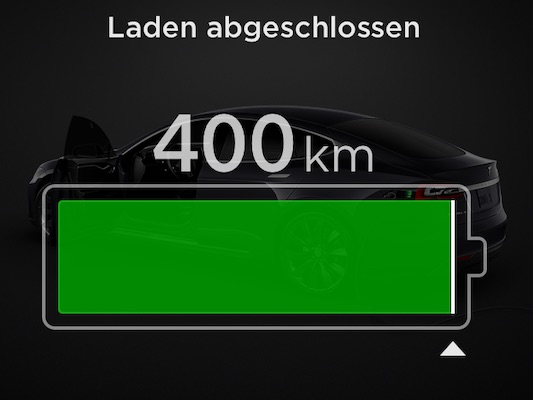
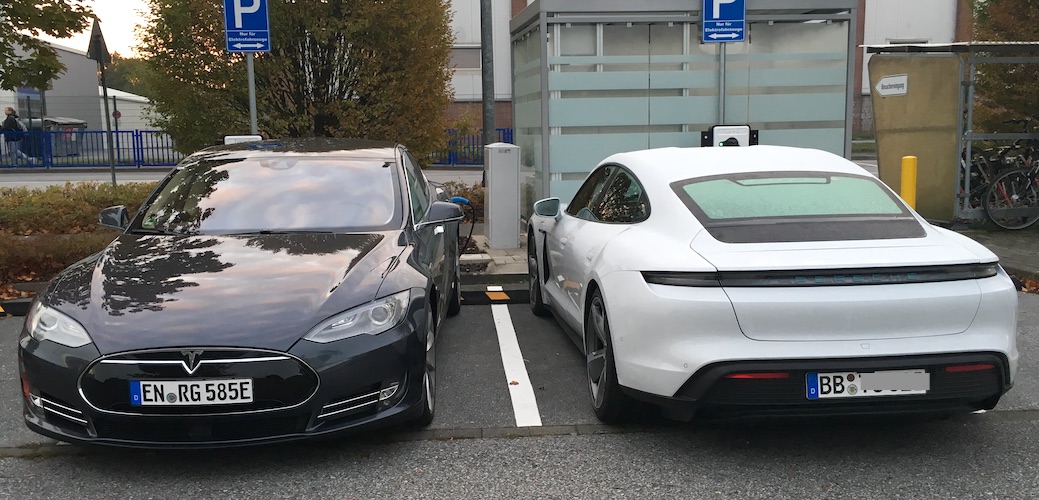
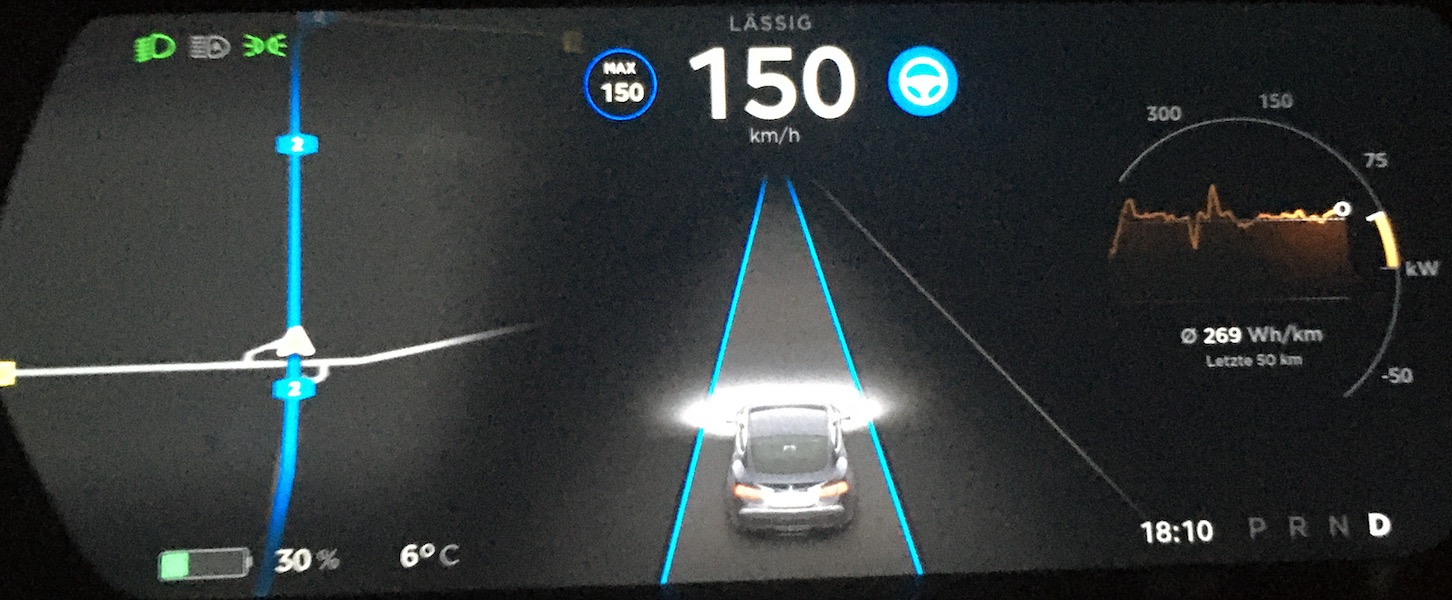
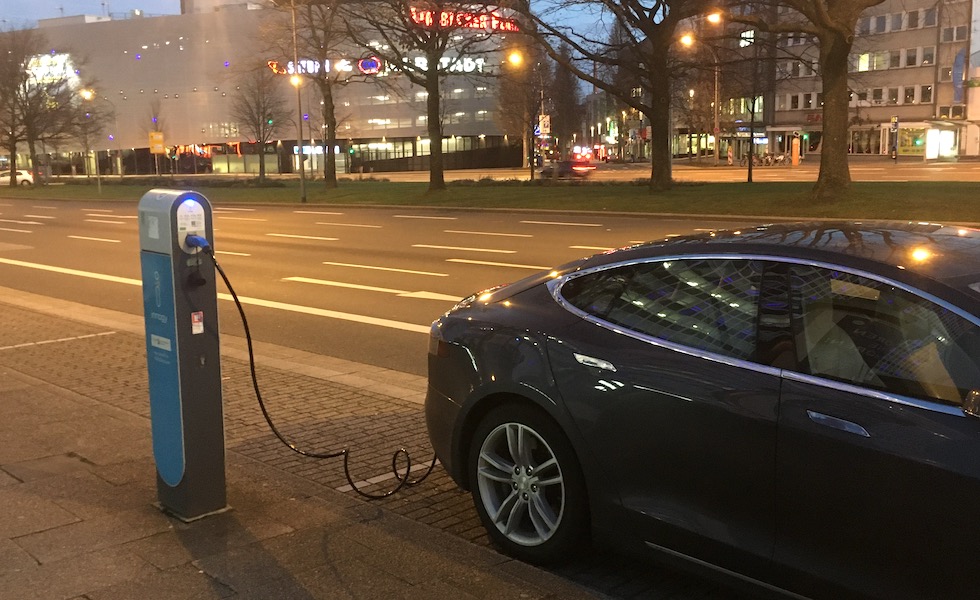
|
|
| |
When you drive a Tesla for a while you quickly realize, that it works -
fine, easy, quiet, fun, reliable, like "Driving 2.0".
Most people who drive it, want to have one.
The 2020 Porsche Taycan is the first EV that somehow may be comparable
to my Tesla Model S from 2015.
For my car the guarantee on drive units (motors) and battery lasts for 8 years, without limit
on km driven.
My battery is still good for 400km range (summer, dry, day, slowly),
at least for 320km (winter, wet, dark, Autobahn) - and it is almost 5 years old and
has run 150.000 km.
New Tesla versions are already good for a range of 600 km,
and the battery technology evolution has only just started.
After some time you realize that you have to refuel an ICE vehicle while driving, but you charge an
EV while parking - and that typically means 22 hrs per day!
So simply charge whenever you park and have a charger available:
while shopping, working, having lunch at the Autobahn, at night in the garage.
Multiple networks and connector systems are available, and with CCS and CHAdeMO adapters
I can use them all, often for free.
Charging is not a problem, it is more fun and cheaper than fueling.
Charging at home or at work with 11 kW power is perfect, even 4 kW mostly is fine,
our grids can stand that also for many vehicles.
I was traveling 40.000 km in my first 40 weeks, and I never had a charging problem.
When traveling I still can use the Tesla Supercharger network for free,
and in Germany I already find a Supercharger about every 150 km close to the Autobahn,
so charging while lunch, WC, short walk is just fine.
And traveling fast is also no problem: I can go 150 km/h (limit for Autopilot) and
faster on a German Autobahn and I still make it to the next Supercharger for sure.
But driving a silent smooth huge EV over time makes you driving slower and enjoying the
comfort of the ride - I reduced my traveling speed from about 160 to 130 km/h, just
because it is much more relaxing and also safer.
|
|
| |
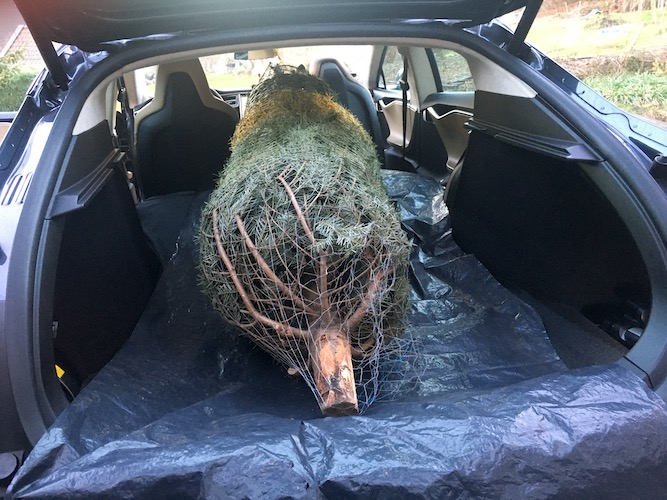
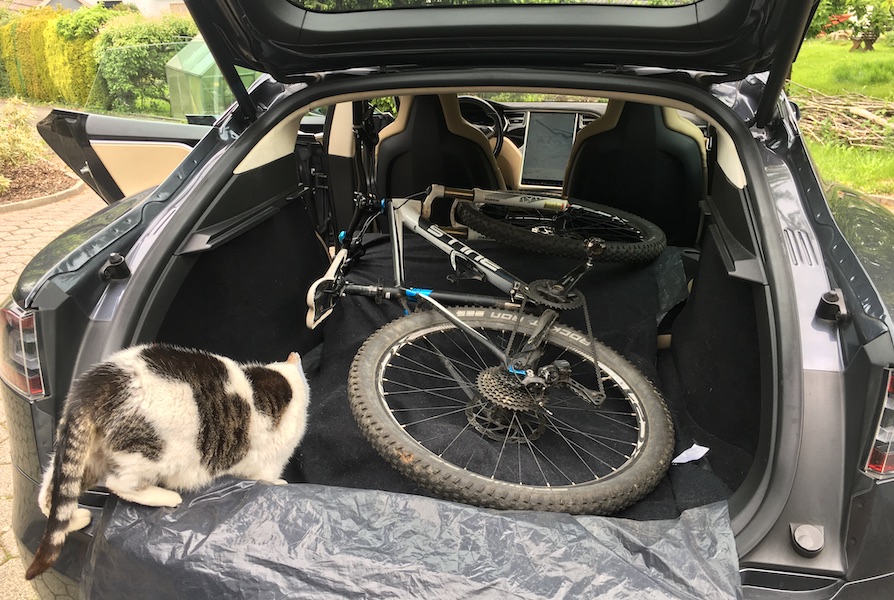
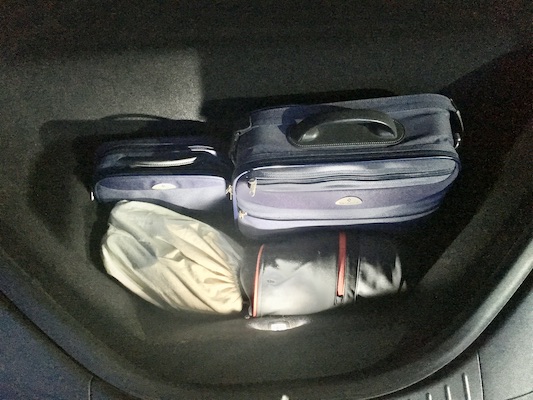
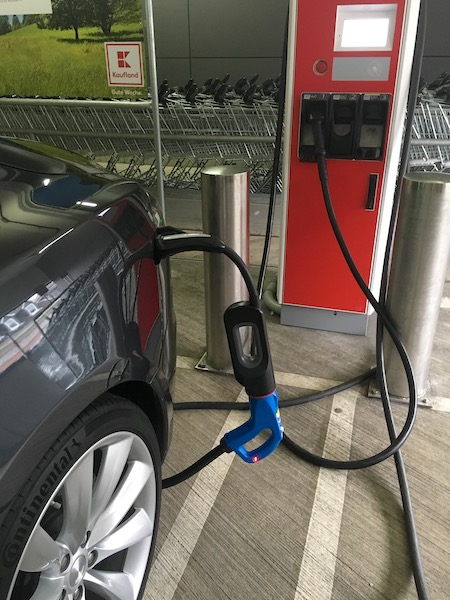
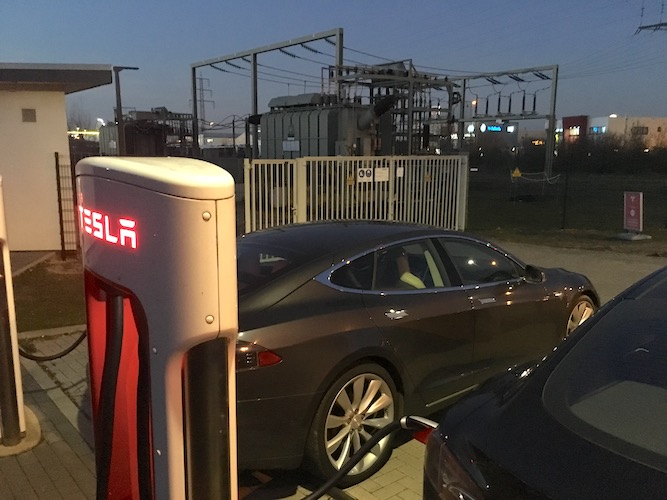
|
|
| |
You quickly learn that other OEMs want to build EVs, but Tesla is working on a holistic
system of sustainable energy, providing
Solar Roof (today "Solar Glass") for the private house,
Powerwall for storing energy at home,
destination chargers for hotels and for home,
large scale photovoltaics,
Megapack and Powerpack for industrial energy storage,
worldwide Supercharger network for traveling,
the EVs of course,
and the mobile phone app for managing the flow of energy in the house and vehicle.
When you're done with the technical facts it simply becomes an every day vehicle, and you
realize that it is very practical:
First, the Model S is huge!
Throw in a mountain bike and a cat, a 3m Christmas tree or whatever you want.
Overall it provides more space than a Subaru Legacy or Skoda Octavia (I owned both of them).
Put all rarely used stuff in the frunk (front trunk), that adds plenty of space.
With the
>Dreamcase<
you can even sleep perfectly in the car, because
the air condition may run all night (loosing maybe 10 km of range), switching on the
"Camp Mode".
Leave your dogs in the car in summer, switching on the "Dog Mode".
Park in and out of a slot from outside, using the mobile phone as a remote control.
Features like e.g. passive entry, passive start, remote opening of trunk, tilting mirrors are
all there.
My absolute favorite is remote control (via mobile phone app) for pre-cooling in summer
and pre-heating in winter - I love it! And by the way, the 4-wheel-drive from the 2 drive
units (motors) is just excellent - compares even to the Subaru!
|
|
| |
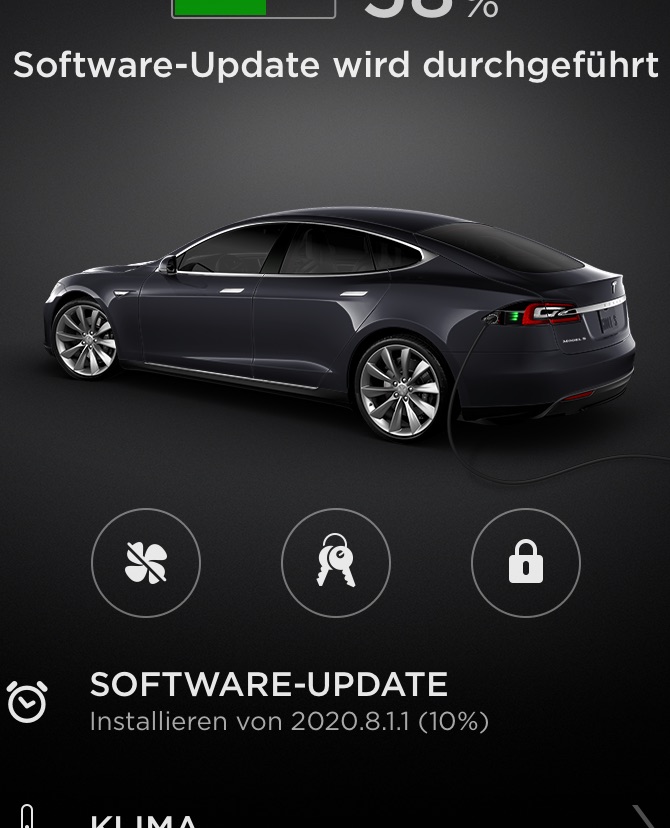
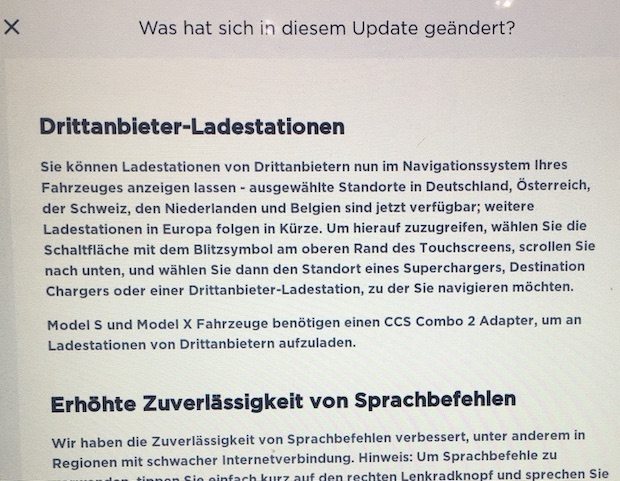
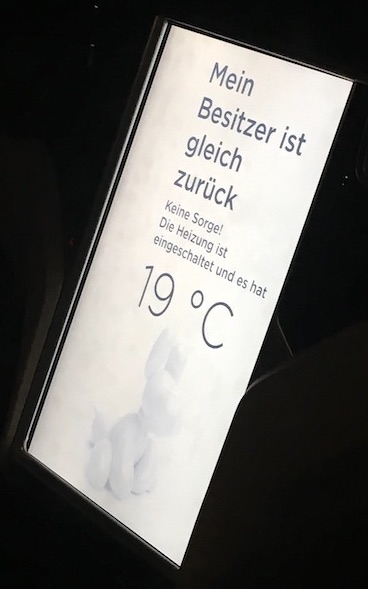
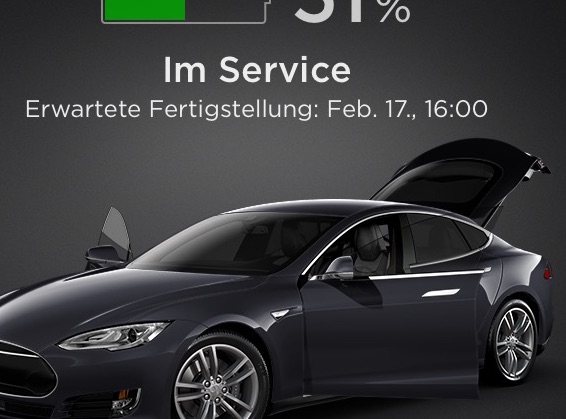
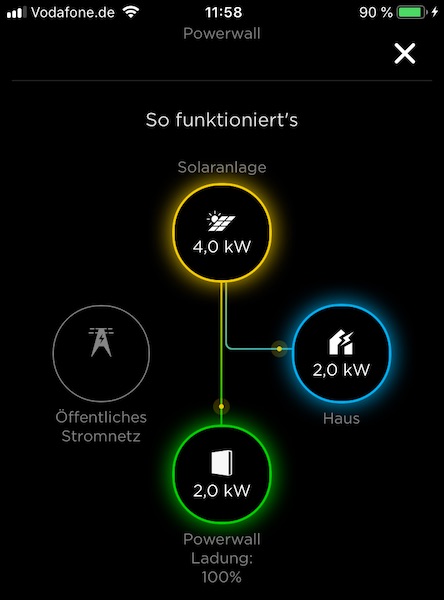
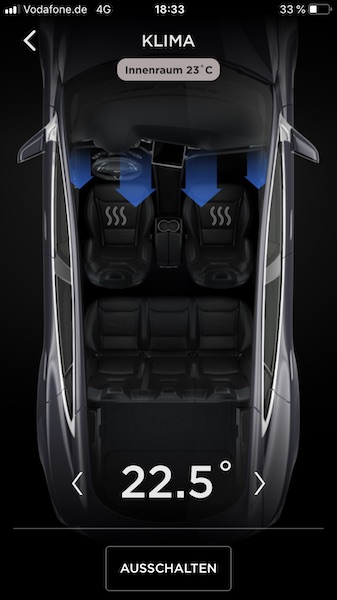
|
|
| |
During the first traffic jam you realize that the big screen in addition to the dashboard makes
sense, because the vehicle is build around software.
Spotify and TuneIn are available for free, media may be connected via USB or Bluetooth.
The phone can be connected, speech recognition works better every month.
Yes, the car gets better all the time, because it gets software updates "over the air"
(OTA).
This brought recently e.g. Dog Mode, Joe Mode and Camp Mode.
The navigation is based on Google with satellite view and realtime traffic information, and
Tesla added the Superchargers and -recently- also other chargers.
And don't forget the games during park (Chess, Backgammon, Arcade, etc.), the Christmas Mode,
the Fart Mode (yes, it's true!) and for the newer vehicle versions also Netflix and Youtube.
The car can also be improved in hardware over time: I got the CCS charging adapter for the European
standard that has been introduced lately, I also got my LTE retrofit (3G to 4G) and I even could
get a second on-board-charger for AC with 22kW instead of 11kW.
Service is also different for EVs, because it almost doesn't exist.
No oil, no filters, no brake pads (thanks to recuperation), no V-belt, no exhaust pipe, no AdBlue, ...
only fluids for brakes and air condition every two years - and tires and wiper water of course.
Service may be needed due to typical American vehicle quality, but I had similar problems also
with my past German cars - and Tesla learns so quickly!
Version 3 of the Model S electric door handles is really good ;-)
A service appointment is made via mobile phone app (only) and this is something that for some
locations still needs improvement, but that is currently under way.
One last word to the technology:
The next battery generation will have almost no Cobalt,
about 95% of a battery can be recycled for new batteries, the battery lasts about 10 years
in the vehicle and may get a 2nd life at home for another 10 years, the 2020 generation of motors
and batteries is build to last 1 Mio miles, i.e. 1,6 Mio km,
with fast charging by >250 kW, and that is just the beginning.
Tesla owners usually are exceptionally happy with their
technology and like to talk about it - so don't hesitate to contact me, if you want to know more
or want to discuss, also about range reduction and charging speed reduction of the oldies.
(I am Tesla Model S Owner and $TSLA-A1CX3T shareholder.)
|
|
| |















